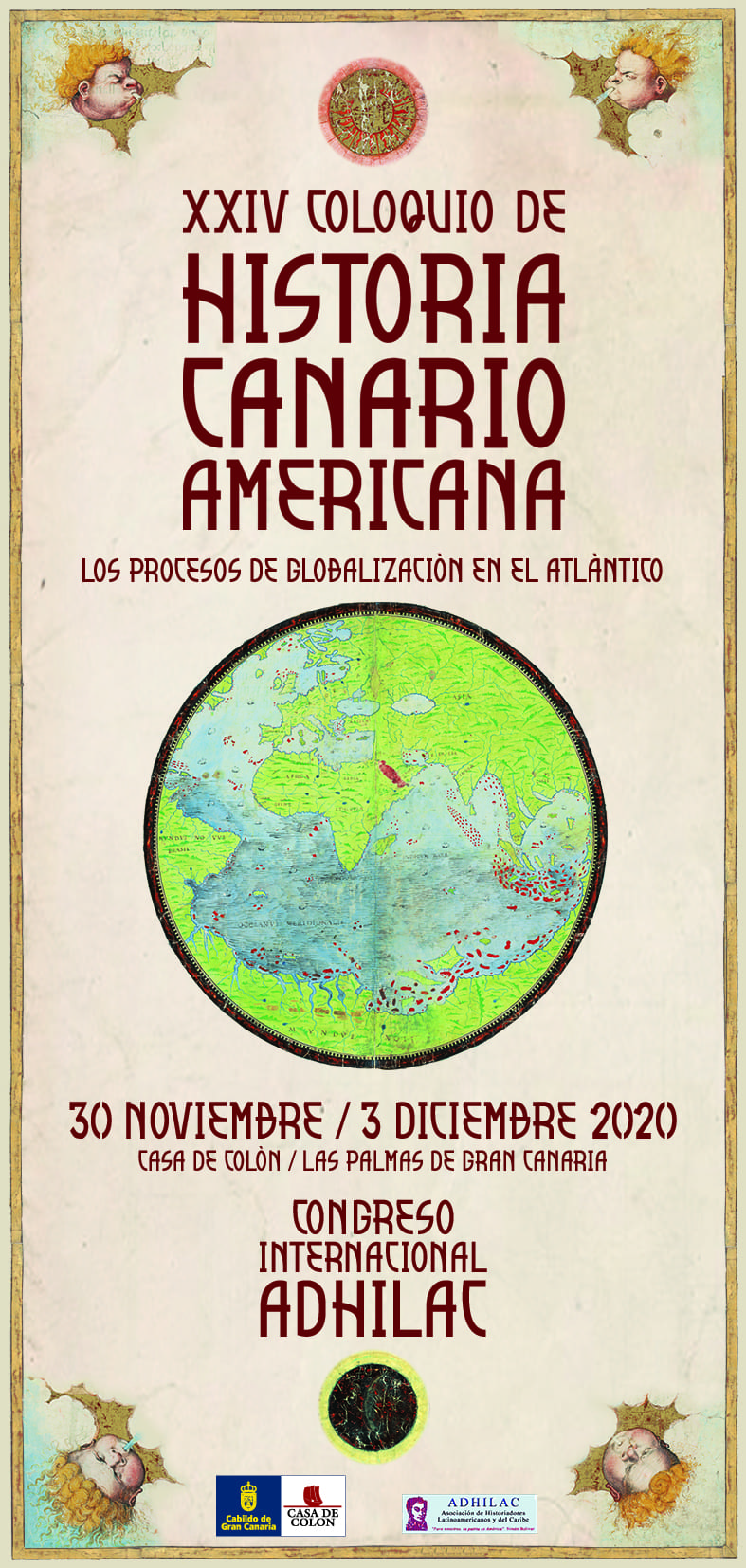De brujas y nahuales en Tlaxcala. Una aproximación histórico-antropológica / From Brujas and nahuales in Tlaxcala. A historical-anthropological approach
Resumen
En esta comunicación reflexiono sobre dos figuras del imaginario mexicano: las brujas y los nahuales (personas que pueden adquirir apariencia de animales), en diferentes momentos históricos de Tlaxcala. La base documental está compuesta por documentos de archivos históricos del estado de Tlaxcala (siglo XVIII y XX), notas de prensa contemporáneas, y bibliografía especializada. La mirada analítica comprenderá la transversalidad científica representada por la Historia (Ginzburg, 1990, Levi 2003) y la Antropología (Caro Baroja, 1990) teniendo como uno de sus puentes comunicantes la comprensión del discurso contextualizando a los actores y sus cargas simbólicas y las mentalidades (Barros, 1993). Por medio de la construcción de un archivo, también se pretende conocer cuáles fueron/son las percepciones de diferentes actores históricos -autoridades, religiosos y pobladores- sobre el tema, e identificar cómo están presentes, en ocasiones, como representaciones en objetos, oraciones y «creencias» construidos por las voces de los protagonistas.
In this communication I reflect on two figures of the Mexican imagination: the witches and the nahuales (people who can acquire the appearance of animals), in different historical moments of Tlaxcala. The documentary base is composed of documents from the historical archives of the state of Tlaxcala (18th and 20th centuries), contemporary press releases, and specialized bibliography. The analytical gaze will understand the scientific transversality represented by History (Ginzburg, 1990, Levi 2003) and Anthropology (Caro Baroja, 1990), having as one of its communicating bridges the understanding of discourse contextualizing the actors and their symbolic loads and mentalities (Barros, 1993). Through the construction of an archive, it is also intended to know what were / are the perceptions of different historical actors -authorities, religious and settlers- on the subject, and to identify how they are present, on occasions, as representations in objects, prayers and «Beliefs» constructed by the voices of the protagonists.




